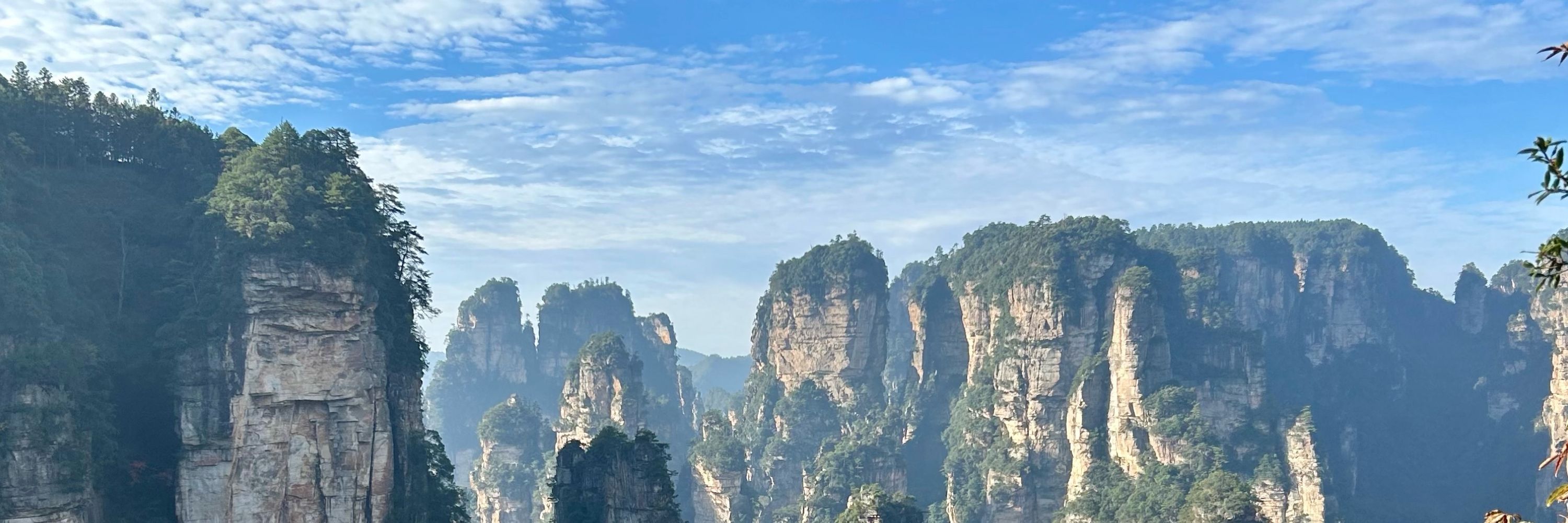
More details in the paper: agupubs.onlinelibrary.wiley.com/doi/10.1029/...
More details in the paper: agupubs.onlinelibrary.wiley.com/doi/10.1029/...
We also found that sea surface temperature forcing can modulate the signal in some cases — but atmospheric initial conditions used to perturb the counterfactual forecasts are the main driver.

We also found that sea surface temperature forcing can modulate the signal in some cases — but atmospheric initial conditions used to perturb the counterfactual forecasts are the main driver.
• FourCastNet-v2
• Pangu-Weather
• NeuralGCM (AI + physics hybrid)
All three captured key dynamics like persistent high-pressure systems and can predict heawaves accurately 5 days in advance.

• FourCastNet-v2
• Pangu-Weather
• NeuralGCM (AI + physics hybrid)
All three captured key dynamics like persistent high-pressure systems and can predict heawaves accurately 5 days in advance.
• Run forecasts for today’s climate 🌡️
• Run forecasts for a preindustrial climate 🕰️
Only the thermodynamic initial conditions change — atmospheric circulation at the initial state stays the same.

• Run forecasts for today’s climate 🌡️
• Run forecasts for a preindustrial climate 🕰️
Only the thermodynamic initial conditions change — atmospheric circulation at the initial state stays the same.
Here, we tested a faster route using three state-of-the-art AI models that run in minutes, without supercomputers.

Here, we tested a faster route using three state-of-the-art AI models that run in minutes, without supercomputers.

